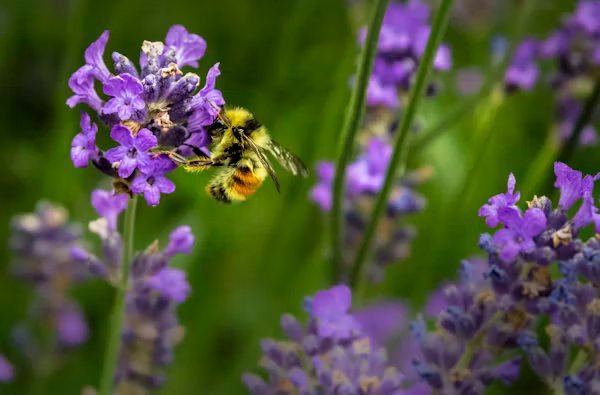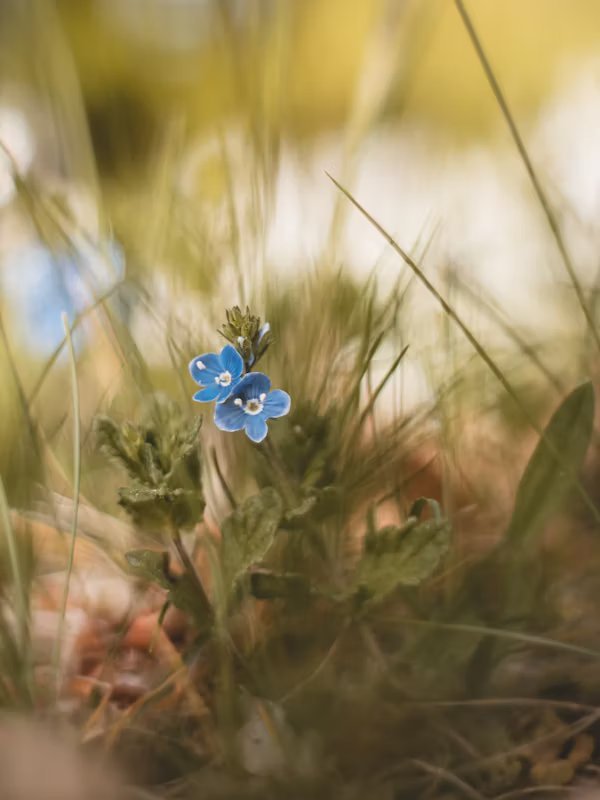Forget-me-not (Myosotis alpestris) is a small, blue-flowering plant in the native flower’s ecology that plays a vital role in its ecosystem. This article will help you understand its environmental importance, emphasizing its ecological functions, habitat, and conservation status.

Role in Ecosystem
The environmental importance of this flower serves several crucial ecological functions, such as
1. Essential role for Polinators

It provides nectar and pollen for pollinators like bees, butterflies, and hummingbirds.
2. Soil Stabilizer

Through forget-me-not, an extensive root system helps maintain soil structure and prevent erosion.
3. Wildlife Habitat

They offers food and shelter for small mammals, birds, and insects.
4. Food Source

They offers food and shelter for small mammals, birds, and insects.
5. Medicinal Uses

It is used in traditional medicine for its antiseptic and anti-inflammatory properties.
6. Ecological Connectivity

It helps maintain connectivity between habitats, allowing species to migrate and disperse.
7. Soil Enrichment

It helps maintain connectivity between habitats, allowing species to migrate and disperse.
8. Climate Regulation

It helps maintain connectivity between habitats, allowing species to migrate and disperse.
9. Biodiversity Hotspots

It helps maintain connectivity between habitats, allowing species to migrate and disperse.
10. Indicators of Environmental Change

It helps maintain connectivity between habitats, allowing species to migrate and disperse.
Whats the Conservation Status ?
As an important environmental factor, Alpine Forget-Me-Not thrives in arctic tundras, mountain meadows, riverbanks, and wetlands. It is found in abundance in these areas. It is not currently listed as endangered or threatened. However, its habitats are vulnerable to climate change, human development, and invasive species. Therefore some steps should be taken for their conservation.

What Conservation Efforts Are being Done?
Conservation efforts for the environmental importance of Forget-me-not (Myosotis alpestris) are crucial to protect this species and its habitats. Here are some measures for conservation efforts:
- Protecting and restoring habitats is essential for their conservation.
- Collecting and storing their seeds in seed banks helps preserve genetic diversity and ensures the species’ survival.
- Controlling the spread of invasive species, like non-native grasses, helps prevent competition and habitat degradation.
- Studying the impacts of climate change on them and its habitats suggests conservation strategies and predicts future changes.
- Collaborating with local communities, indigenous peoples, and stakeholders promotes awareness and support for Forget-me-not conservation.
- Regular monitoring of their populations and habitats detects changes and informs conservation actions.
- Restoring degraded habitats and promoting ecological connectivity benefits them and other species.
- Encouraging sustainable land use practices, like responsible development and recreation, reduces habitat fragmentation and degradation.
- Educating the public about its importance and conservation status raises awareness and promotes action.
- Coordinating with government agencies, NGOs, and researchers ensures a unified conservation approach and maximizes resources.
Conclusion
The Environmental Importance of Forget-me-not is vital to the ecosystem, providing essential ecological functions and habitat for various species. We should consider its importance and make constant efforts to restore it, so that the State Flower does not become endangered.










